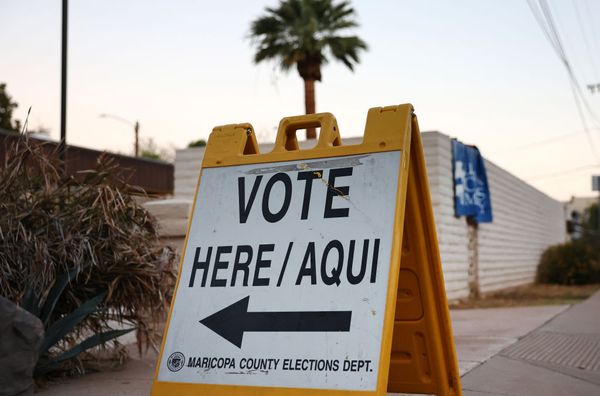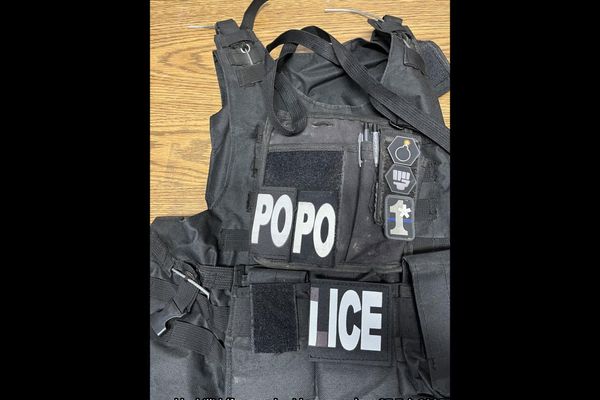
The UK government has announced that it will work with Japan on plans for its next-generation Tempest fighter jet as executives from across the aviation industry gathered in the sweltering heat for the start of the Farnborough airshow.
The first demonstrator Tempest aircraft – capable of supersonic flight – will fly “within the next five years” to test features such as stealth capability.
Tempest, designed to be the long-term replacement for the Typhoon fighter, is being developed by the FTSE 100 manufacturer BAE Systems at a facility near Preston, along with Italy’s Leonardo. Rolls-Royce, another FTSE 100 manufacturer, is building engines for the plane.
Japan is working on its own F-X fighter programme but the announcement on Monday stopped short of a full merger of the projects. Instead, Japan will join the UK and Italy for “joint concept analysis” that will seek to “understand areas of shared interest and to explore potential future combat air partnership options”.
Although the UK government has increased defence spending since Russia’s invasion of Ukraine, gaining a new full partner in the Tempest programme could help with the new fighter jet by splitting the huge costs of developing the plane. Some analysts estimate it could cost up to £25bn.
Ben Wallace, the UK’s defence secretary, said: “Our work with Japan and Italy on cutting-edge technology like this shows the benefit of our alliances across the world.”
The prime minister, Boris Johnson, speaking at the show, said: “The future combat aircraft system is not just a plane. It is a whole platform for technological change, and industrial spin-offs of all kinds.”
It came on the first day of the show at the Hampshire airport, which returned amid a UK heatwave two years after the last one was cancelled as a result of coronavirus pandemic restrictions. Analysts are expecting hundreds of orders for new planes from the manufacturers Airbus and Boeing during the show.
The first major order on Monday came from the US airline Delta, which said it would buy 100 Boeing 737 Max passenger aircraft worth a combined $13.5bn (£11.3bn), providing a major boost to the US manufacturer. The 737 Max was previously grounded around the world after two fatal crashes.







